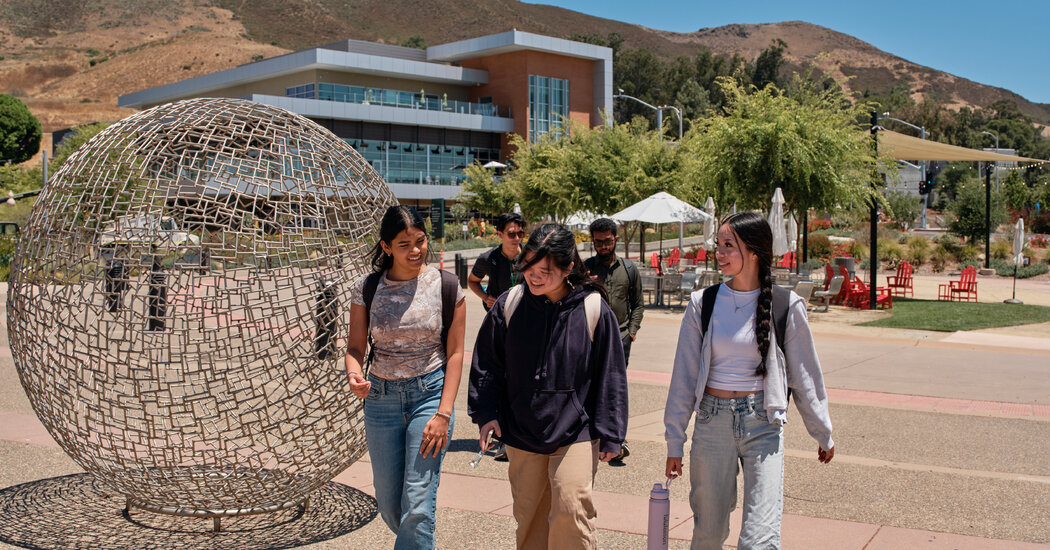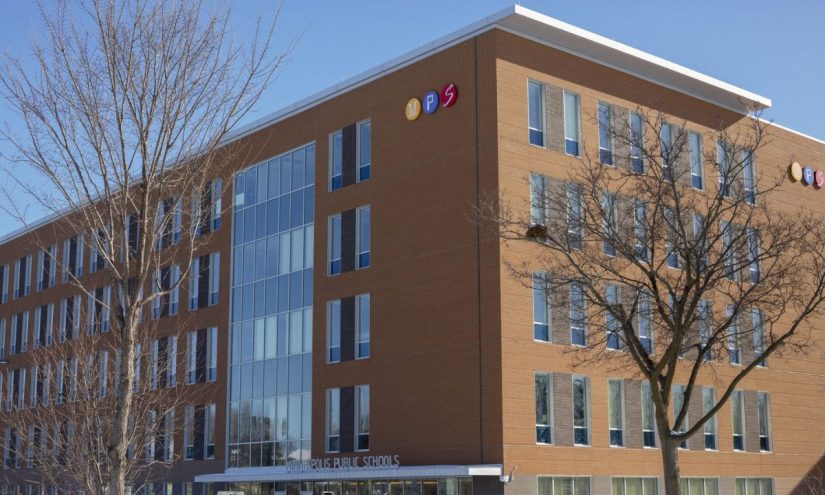In recent years, teachers unions across the United States have increasingly integrated climate action into their contract negotiations with school districts. This trend reflects a growing recognition of the urgent need to address climate change, particularly as it impacts educational environments. Unions in cities like Chicago, Minneapolis, and Los Angeles are leading the charge, advocating for measures that not only enhance educational facilities but also promote sustainability.
For instance, the Chicago Teachers Union (CTU) successfully negotiated a contract that includes provisions for installing solar panels on school buildings and creating clean energy career pathways for students. This initiative aims to reduce the district’s reliance on fossil fuels while also providing students with valuable skills in renewable energy sectors.
Similarly, the Minneapolis Federation of Educators has called for the establishment of a task force dedicated to environmental issues, alongside initiatives such as providing free metro passes for students to facilitate access to educational resources. In California, the Los Angeles teachers union is pushing for the electrification of the district’s bus fleet and the installation of electric vehicle charging stations at schools. These actions are part of a broader effort to combat climate change and its effects on education.
Union Strategies for Climate Advocacy
The report produced by the Building Power Resource Center and the Labor Network for Sustainability highlights how educators can effectively leverage contract negotiations as a platform for demanding climate action. By emphasizing the financial benefits of transitioning to renewable energy, educators can advocate for solutions that not only address climate change but also enhance the learning environment and reduce operational costs for school districts.
As federal support for climate initiatives diminishes, local actions become increasingly critical. Jackson Potter, vice president of the CTU, notes that the Chicago Public Schools has faced challenges in securing funding for electric buses due to changes in federal policy. However, local and state funding, along with nonprofit support, remain crucial for advancing these initiatives.
The Collective Good Bargaining Approach
Over the past 15 years, a shift has occurred within more progressive unions, emphasizing a “collective good bargaining” approach. This strategy seeks to address not only the immediate needs of members, such as wages and working conditions, but also broader community issues, including climate change. This approach is gaining traction in urban areas like Chicago and Los Angeles, where unions are increasingly viewed as advocates for comprehensive social and environmental justice.
However, the challenge remains in balancing climate advocacy with traditional labor concerns. Some union members express concern that focusing on environmental issues may detract from core issues such as salary negotiations and working conditions. It is essential for unions to navigate these priorities carefully, ensuring that climate action is viewed as an integral part of enhancing educational environments.
Case Studies and Successful Initiatives
One notable success story is the collaboration between the CTU and local environmental groups, which resulted in a contract that includes several climate-related initiatives. These initiatives encompass:
- Identifying schools for solar panel installations.
- Enhancing indoor air quality monitoring systems.
- Integrating climate change topics into the curriculum.
- Offering training programs for students in clean energy jobs.
These measures not only aim to improve the physical conditions of schools but also provide students with opportunities to engage in meaningful work related to sustainability and environmental stewardship.
Addressing Local Environmental Issues
As unions advocate for climate action, they also address pressing local environmental issues, such as outdated infrastructure that poses health risks to students. Many school buildings are aging, with issues like lead paint, mold, and poor air quality prevalent in older facilities. By advocating for upgrades that include renewable energy solutions, unions can help ensure safer and healthier learning environments for students.
Moreover, the integration of climate-focused initiatives into educational programs can empower students to become active participants in the green economy. For example, initiatives that train students in solar panel installation or electric vehicle maintenance can provide pathways to stable careers in emerging industries.
The Financial Implications of Climate Action
Financial considerations are crucial in the discussion of climate initiatives. The CTU emphasizes that the district’s annual allocation of $500 million for facility upgrades could be redirected towards more impactful educational needs, such as hiring additional school nurses and social workers, if climate action reduces overall operational costs. The potential for savings through renewable energy sources can create a win-win scenario for school districts, allowing them to allocate resources more effectively.
Additionally, a report from the Batesville School District in Arkansas illustrates how savings from solar energy initiatives can lead to increased teacher salaries. This model showcases the financial viability of integrating sustainability into educational funding strategies.
Climate Change and Student Performance
Research indicates that extreme heat negatively impacts student learning, particularly in subjects like mathematics. A recent study revealed that students in high-poverty schools, which often lack adequate air conditioning, experience significant declines in test scores during high-temperature days. This underscores the importance of addressing climate-related issues within school infrastructure to enhance student performance.
As climate change continues to pose challenges to educational environments, teachers unions are taking proactive steps to integrate climate action into their negotiations. By leveraging contracts to advocate for sustainability, unions are not only improving the conditions of schools but also preparing students for a future in a green economy. The collaboration between educators, environmental advocates, and community members will be essential in driving these initiatives forward.




